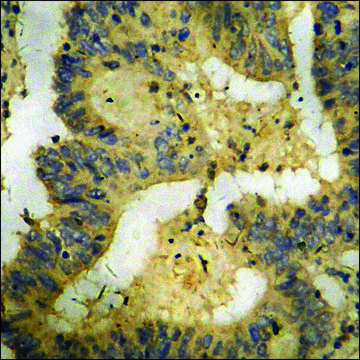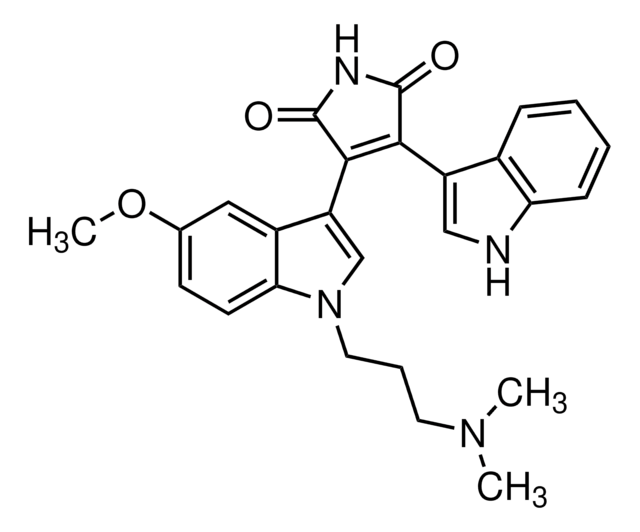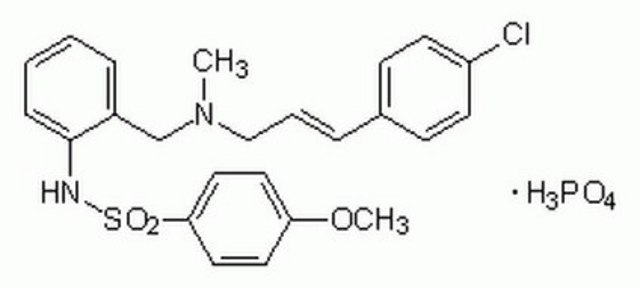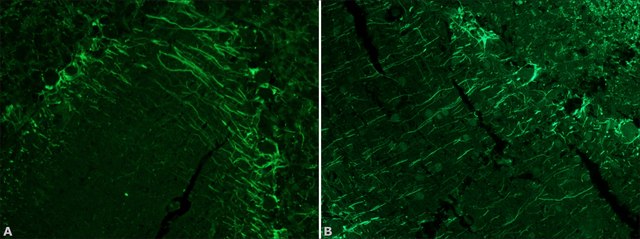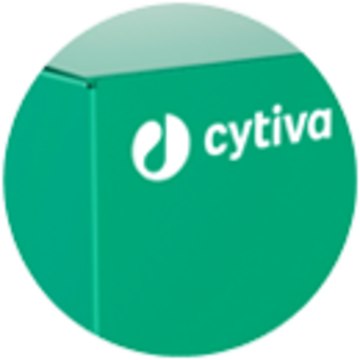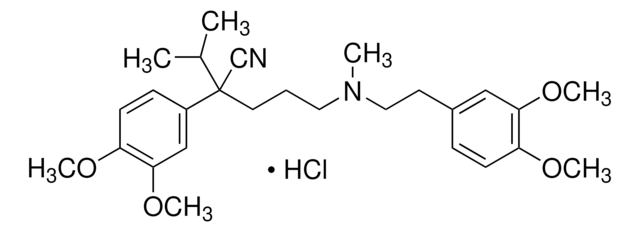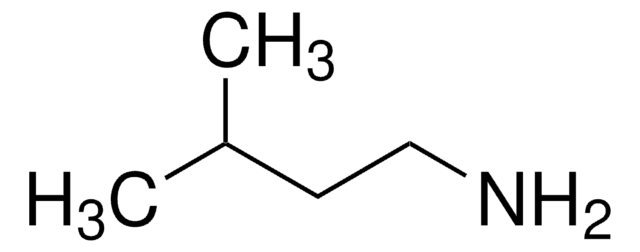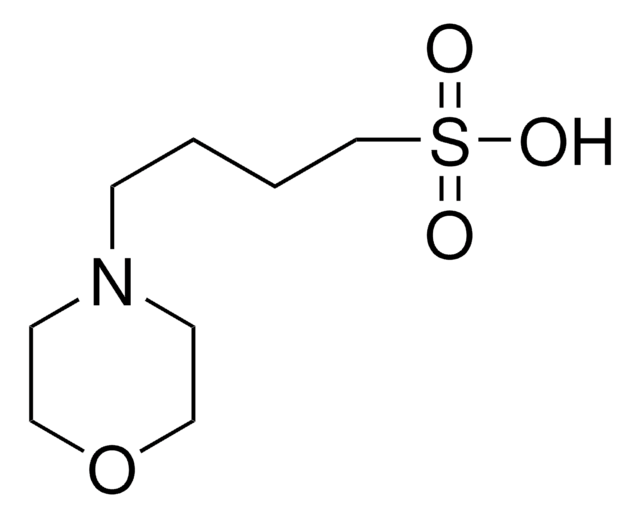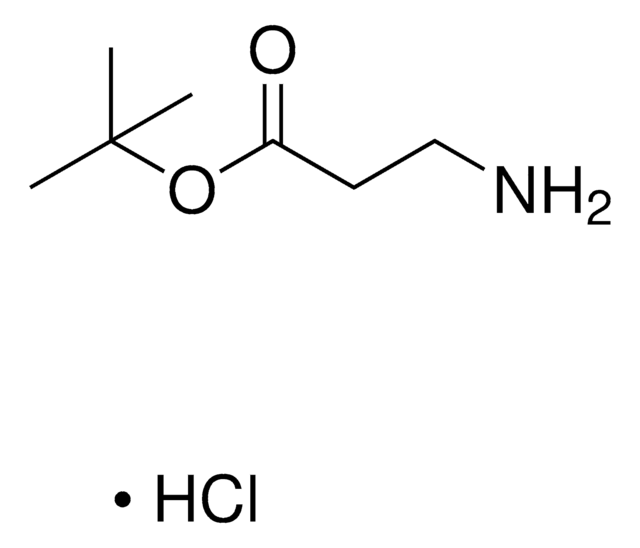566323
SIRT1/2 Inhibitor IV, Cambinol
The SIRT1/2 Inhibitor IV, Cambinol, also referenced under CAS 14513-15-6, controls the biological activity of SIRT1/2. This small molecule/inhibitor is primarily used for Cell Structure applications.
Synonym(s):
SIRT1/2 Inhibitor IV, Cambinol, 5-(2-Hydroxy-naphthalen-1-ylmethyl)-6-phenyl-2-thioxo-2,3-dihydro-1H-pyrimidin-4-one, NSC-112546, SIRT1 Inhibitor II, SIRT2 Inhibitor VI
Select a Size
About This Item
$170.00
Recommended Products
Quality Level
Assay
≥95% (HPLC)
form
solid
manufacturer/tradename
Calbiochem®
storage condition
OK to freeze
protect from light
color
white
solubility
DMSO: 100 mg/mL
ethanol: 5 mg/mL
shipped in
ambient
storage temp.
2-8°C
SMILES string
S=[c]1[nH][c](c(c([nH]1)c4ccccc4)Cc2c3c(ccc2O)cccc3)=O
InChI
1S/C21H16N2O2S/c24-18-11-10-13-6-4-5-9-15(13)16(18)12-17-19(14-7-2-1-3-8-14)22-21(26)23-20(17)25/h1-11,24H,12H2,(H2,22,23,25,26)
InChI key
RVNSQVIUFZVNAU-UHFFFAOYSA-N
General description
Biochem/physiol Actions
hSIRT1 and hSIRT2
Packaging
Warning
Reconstitution
Other Notes
Legal Information
1 of 4
This Item | 1076419 | 1096021 | 1000576 |
|---|---|---|---|
| grade pharmaceutical primary standard | grade pharmaceutical primary standard | grade pharmaceutical primary standard | grade pharmaceutical primary standard |
| manufacturer/tradename USP | manufacturer/tradename USP | manufacturer/tradename USP | manufacturer/tradename USP |
| format neat | format neat | format neat | format neat |
| application(s) (Pharmaceutical small molecule) | application(s) (Pharmaceutical small molecule) | application(s) pharmaceutical | application(s) pharmaceutical |
| API family brimonidine | API family brimonidine | API family carbinoxamine | API family acamprosate |
| availability not available in (Sales restrictions may apply) | availability not available in (Sales restrictions may apply) | availability not available in (Sales restrictions may apply) | availability - |
Storage Class Code
11 - Combustible Solids
WGK
WGK 3
Flash Point(F)
Not applicable
Flash Point(C)
Not applicable
Certificates of Analysis (COA)
Search for Certificates of Analysis (COA) by entering the products Lot/Batch Number. Lot and Batch Numbers can be found on a product’s label following the words ‘Lot’ or ‘Batch’.
Already Own This Product?
Find documentation for the products that you have recently purchased in the Document Library.
